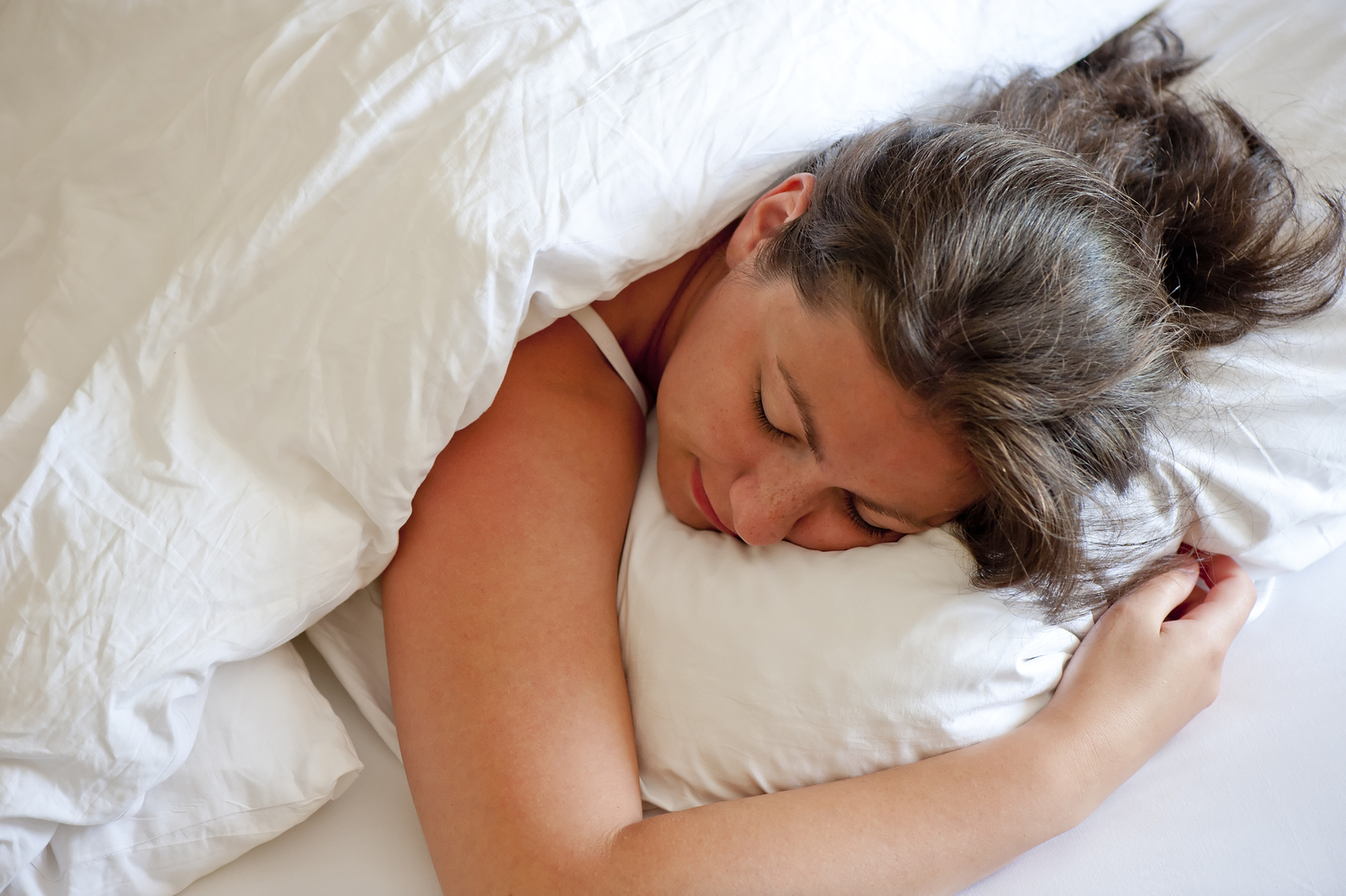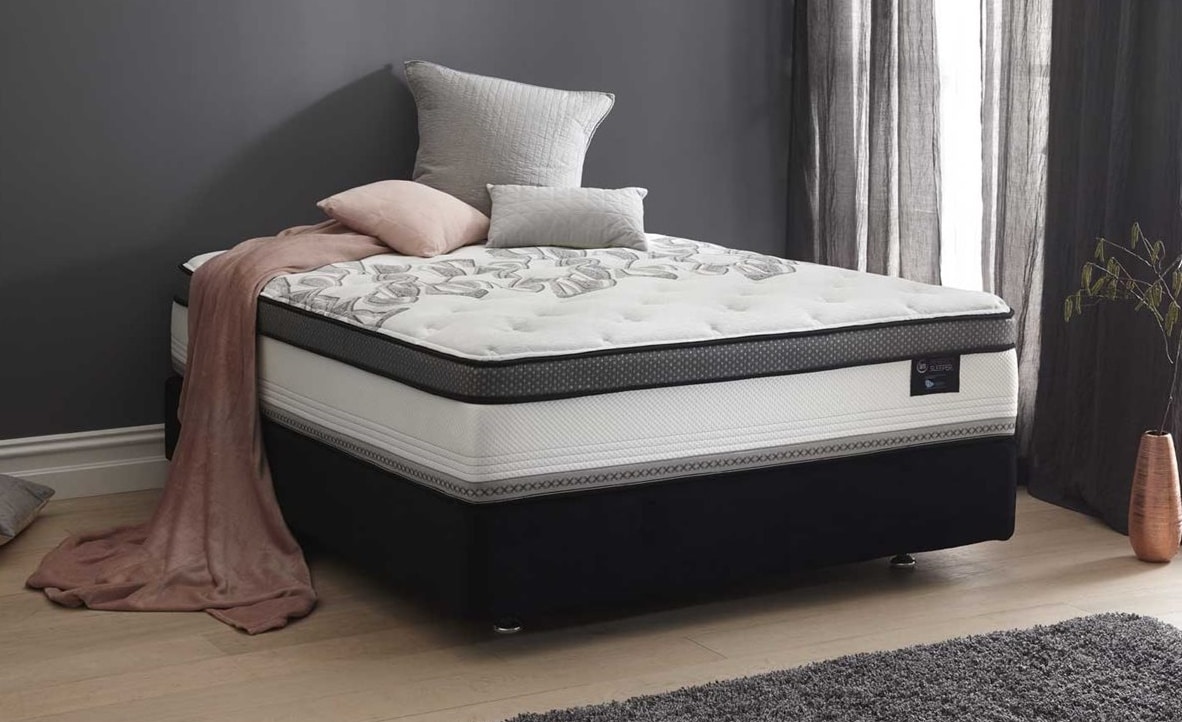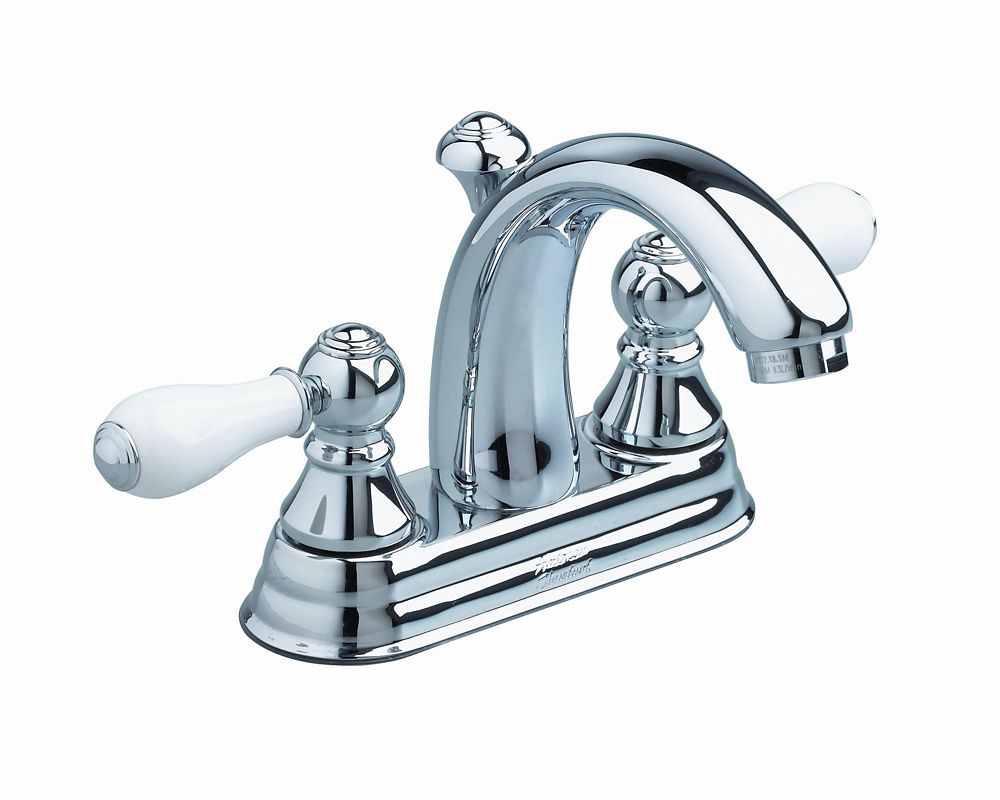One of the top concerns about latex mattresses is whether they will eventually indent or develop body impressions. This is a valid concern, as an indent or sag in your mattress can greatly affect its comfort and support. But the good news is, latex mattresses are known for their durability and ability to resist indentations. Latex is a naturally resilient material, meaning it has the ability to bounce back to its original shape after pressure is applied. This makes it a great choice for a long-lasting and supportive mattress. However, there are a few factors that can contribute to indentations in latex mattresses, so let's take a closer look at whether or not you need to worry about this issue.Do latex mattresses indent?
First, let's clarify the difference between indentations and sagging. Indentations are small, localized depressions in the surface of the mattress, while sagging refers to a more significant dip in the overall surface of the mattress. Most latex mattresses are designed to resist sagging, but over time they may develop small indentations. This is completely normal and does not necessarily indicate a decrease in support or comfort. If you start to notice sagging in your latex mattress, it may be a sign of a deeper issue, such as a faulty support system or poor quality materials. However, with proper care and maintenance, latex mattresses should maintain their shape and support for many years.Do latex mattresses sag?
Another concern about latex mattresses is whether they will lose their firmness over time. This is a valid concern, as a change in firmness can greatly affect the comfort and support of your mattress. However, latex is known for its ability to maintain its firmness over time, making it a popular choice for those who prefer a firmer sleeping surface. Latex mattresses are made from a dense and durable material, which helps them retain their shape and firmness. However, like any mattress, they may soften slightly over time as they conform to your body. This is a natural process and should not drastically change the overall feel of your mattress.Do latex mattresses lose firmness?
As mentioned earlier, small indentations in latex mattresses are normal and do not necessarily indicate a decrease in support or comfort. However, if these indentations start to become more noticeable or there are large body impressions forming, it may be a sign of an issue with the mattress. One way to prevent body impressions from forming is to rotate your latex mattress regularly. This helps distribute your body weight more evenly and can prevent excessive wear on certain areas of the mattress. It's also important to properly support your mattress with a sturdy foundation or box spring to help maintain its shape and prevent sagging.Do latex mattresses develop body impressions?
While latex mattresses are known for their durability and resistance to indentations, it's still a good idea to rotate them every 3-6 months. This helps distribute your body weight more evenly and can prevent body impressions from forming. Some latex mattresses are designed to be one-sided, meaning they do not need to be rotated. Be sure to check with the manufacturer's recommendations before rotating your mattress.Do latex mattresses need to be rotated?
Whether or not your latex mattress needs a box spring depends on the type of foundation it is placed on. If your mattress is on a slatted foundation, a box spring is not necessary. However, if your foundation is a solid platform or has large gaps between slats, a box spring can help provide additional support and prevent sagging. It's always best to check with the manufacturer's recommendations for your specific mattress.Do latex mattresses need a box spring?
Similar to the question about box springs, the need for a foundation depends on the type of support system your mattress is placed on. Some latex mattresses can be placed directly on a solid platform or even the floor, while others may require a foundation for proper support. Always follow the manufacturer's recommendations to ensure the longevity of your mattress.Do latex mattresses need a foundation?
A bed frame is not necessary for a latex mattress, as long as it is placed on a supportive foundation or platform. However, a bed frame can provide additional support and stability for your mattress and also elevate it off the ground for easier access. It's always a good idea to use a bed frame to protect your mattress from any potential damage.Do latex mattresses need a bed frame?
Latex mattresses are known for their comfort and support, so a topper is not necessary for most people. However, if you prefer a softer sleeping surface, a latex topper can be a great addition to your mattress. Not only does it provide extra cushioning, but it can also help extend the life of your mattress by protecting it from wear and tear.Do latex mattresses need a topper?
Using a mattress protector is always recommended, regardless of the type of mattress you have. Not only does it help protect your mattress from spills and stains, but it can also prevent dust mites and other allergens from building up inside your mattress. Plus, a protector is much easier to clean and replace than a mattress itself, making it a worthwhile investment for the longevity of your latex mattress. In conclusion, latex mattresses are known for their durability and resistance to indentations and sagging. While it's normal for small indentations to form over time, proper care and maintenance can help prevent excessive wear and tear. So enjoy the comfort and support of your latex mattress without worrying about indentations or sagging. Do latex mattresses need a protector?
What Causes Latex Mattresses to Indent?

The Quality of Latex
 One of the main concerns when it comes to latex mattresses is whether or not they will indent over time. This is a valid concern, as nobody wants to invest in a mattress that will lose its shape and support after just a few years. However, the answer to the question "do latex mattresses indent?" is not a simple yes or no. It depends on several factors, one of which being the quality of the latex used in the mattress.
Latex
, a natural material derived from rubber trees, can vary in quality depending on how it is processed and manufactured.
High-quality latex
is typically denser and more durable, making it less likely to indent over time. On the other hand, lower-quality latex may have a softer and less supportive feel, making it more prone to indentations.
One of the main concerns when it comes to latex mattresses is whether or not they will indent over time. This is a valid concern, as nobody wants to invest in a mattress that will lose its shape and support after just a few years. However, the answer to the question "do latex mattresses indent?" is not a simple yes or no. It depends on several factors, one of which being the quality of the latex used in the mattress.
Latex
, a natural material derived from rubber trees, can vary in quality depending on how it is processed and manufactured.
High-quality latex
is typically denser and more durable, making it less likely to indent over time. On the other hand, lower-quality latex may have a softer and less supportive feel, making it more prone to indentations.
Weight Distribution
 Another factor that can contribute to indentations in latex mattresses is weight distribution. This is especially true for
heavier individuals
who may exert more pressure on the mattress over time. If a person consistently sleeps in the same position or on the same area of the mattress, it can cause that particular area to indent. This is why it is important to rotate and flip your latex mattress regularly to ensure even weight distribution and prevent indentations from forming.
Another factor that can contribute to indentations in latex mattresses is weight distribution. This is especially true for
heavier individuals
who may exert more pressure on the mattress over time. If a person consistently sleeps in the same position or on the same area of the mattress, it can cause that particular area to indent. This is why it is important to rotate and flip your latex mattress regularly to ensure even weight distribution and prevent indentations from forming.
Foundation and Maintenance
 The foundation on which your latex mattress sits can also affect its overall durability and potential for indentations. A
sturdy and supportive base
is crucial for maintaining the shape and integrity of your mattress. Slats or a platform bed with proper center support are recommended for latex mattresses. Additionally, proper maintenance, such as regularly cleaning and rotating the mattress, can also help prevent indentations from forming.
In conclusion, while some latex mattresses may experience indentations over time, it is not a guarantee. The quality of the latex, weight distribution, and proper maintenance all play a role in how well a latex mattress maintains its shape. By investing in a high-quality latex mattress and taking care of it properly, you can minimize the risk of indentations and enjoy a comfortable and supportive sleep for years to come.
The foundation on which your latex mattress sits can also affect its overall durability and potential for indentations. A
sturdy and supportive base
is crucial for maintaining the shape and integrity of your mattress. Slats or a platform bed with proper center support are recommended for latex mattresses. Additionally, proper maintenance, such as regularly cleaning and rotating the mattress, can also help prevent indentations from forming.
In conclusion, while some latex mattresses may experience indentations over time, it is not a guarantee. The quality of the latex, weight distribution, and proper maintenance all play a role in how well a latex mattress maintains its shape. By investing in a high-quality latex mattress and taking care of it properly, you can minimize the risk of indentations and enjoy a comfortable and supportive sleep for years to come.








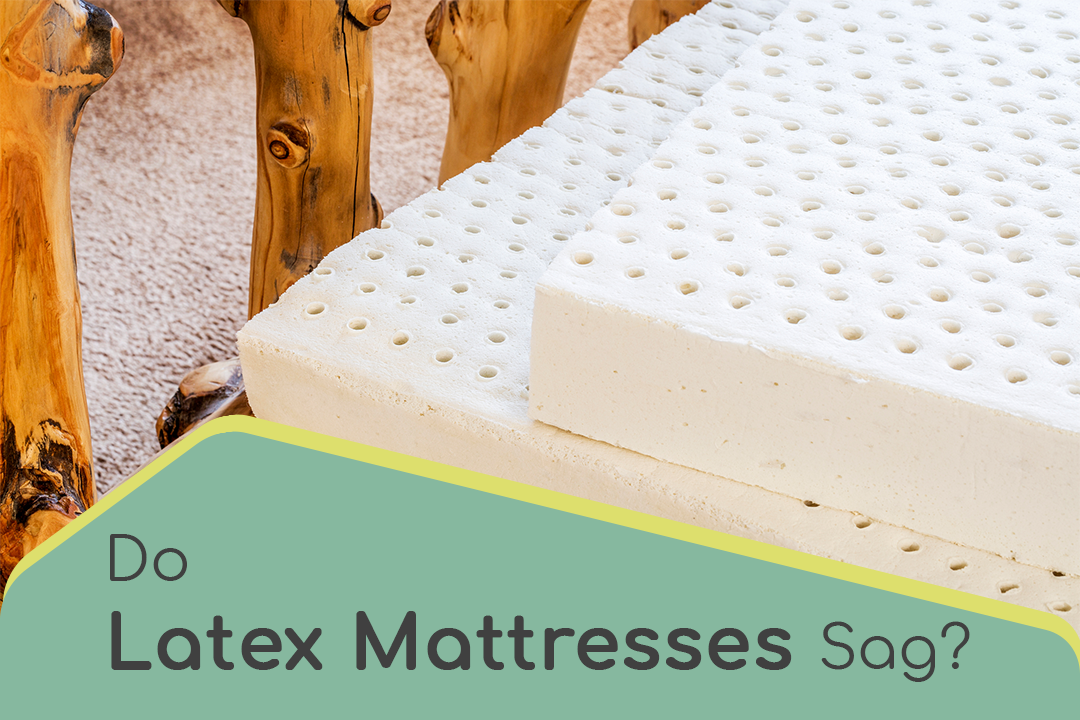

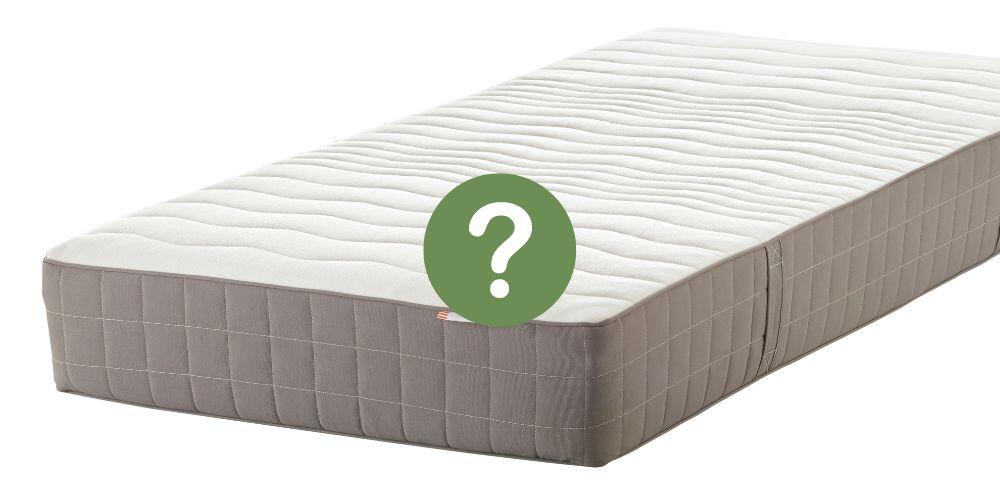


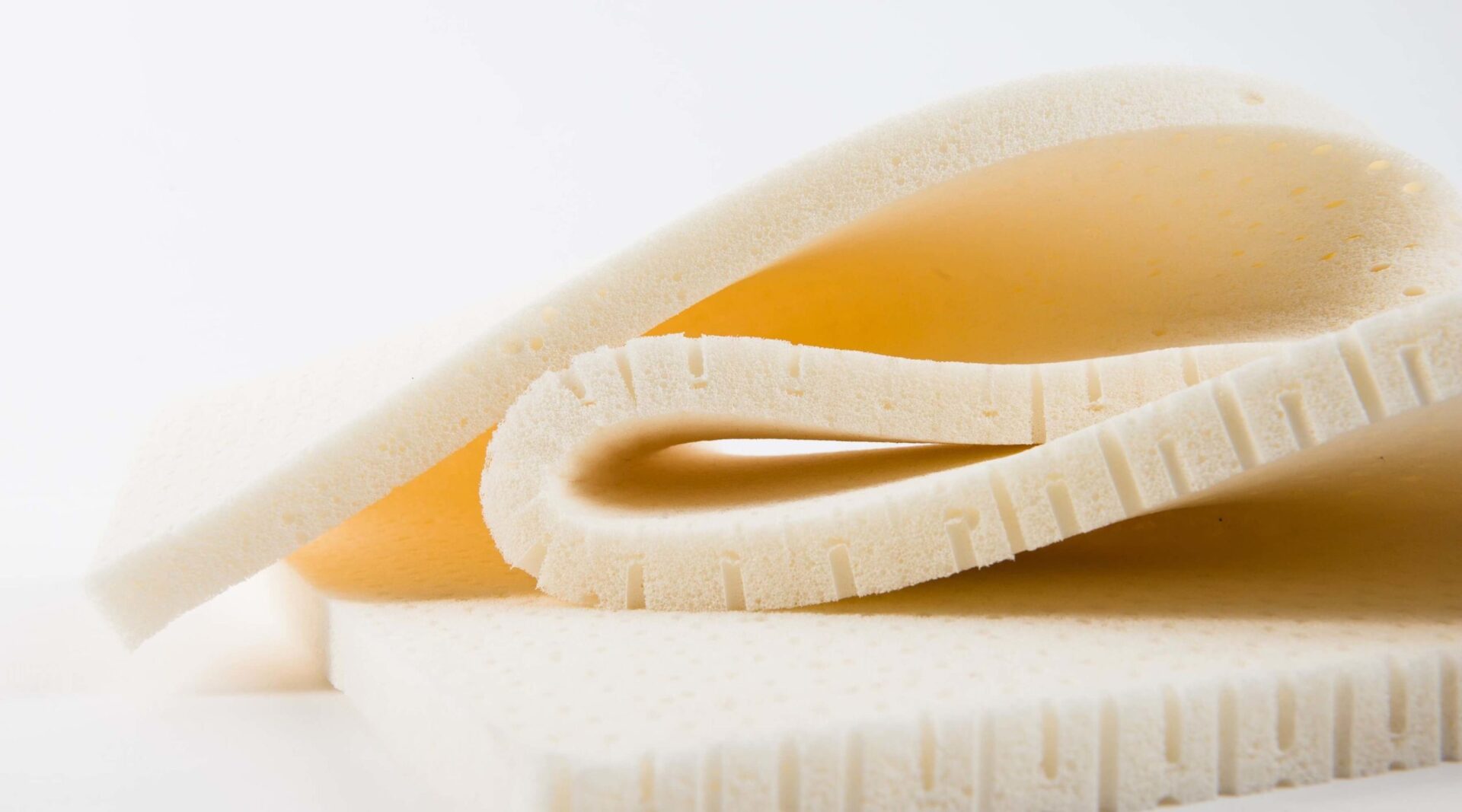




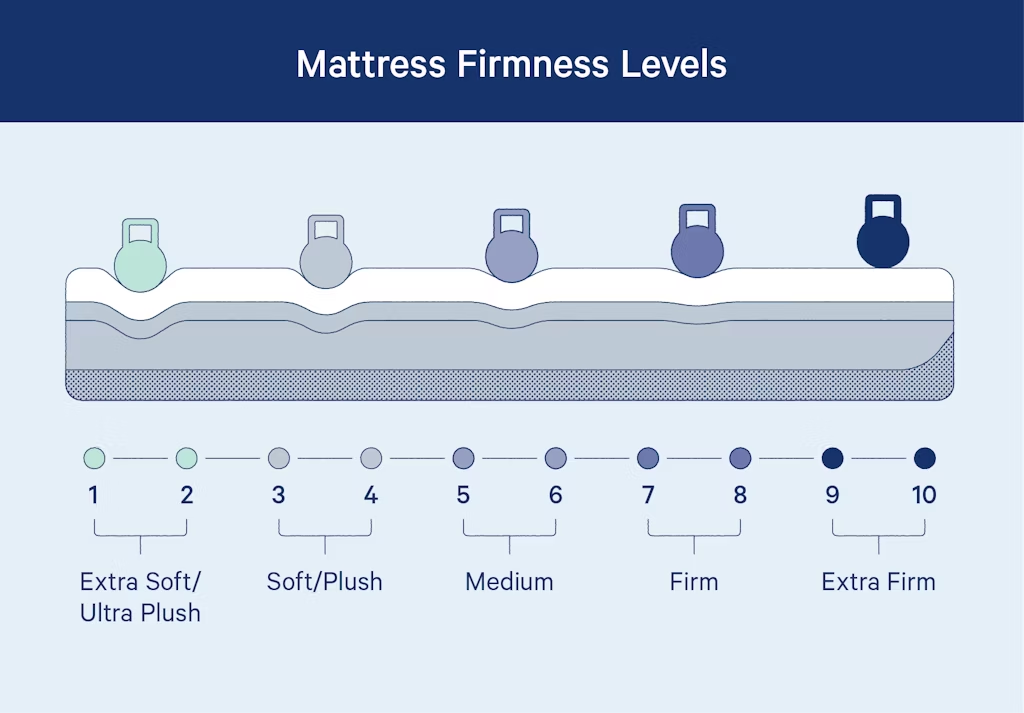


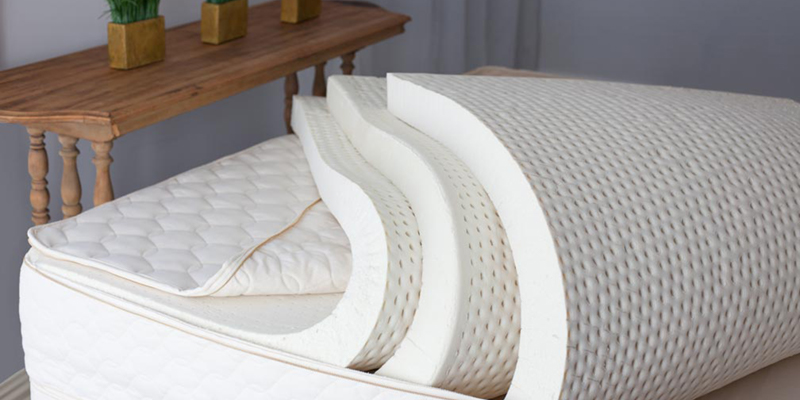





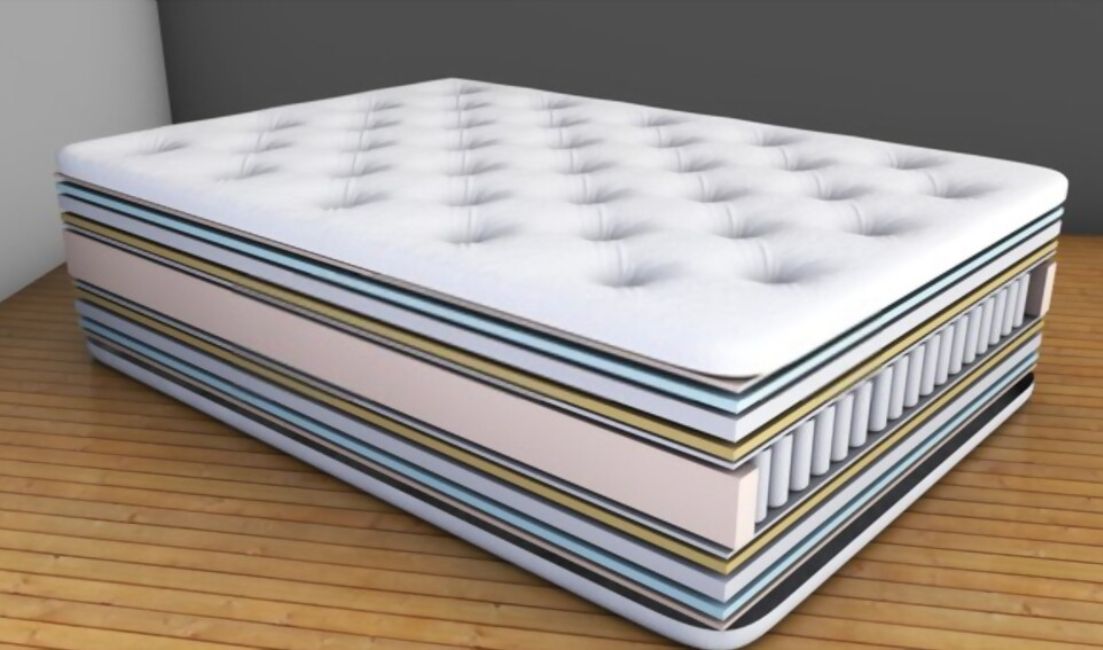




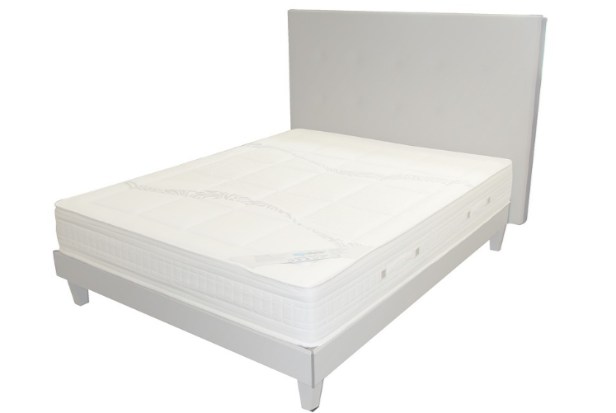
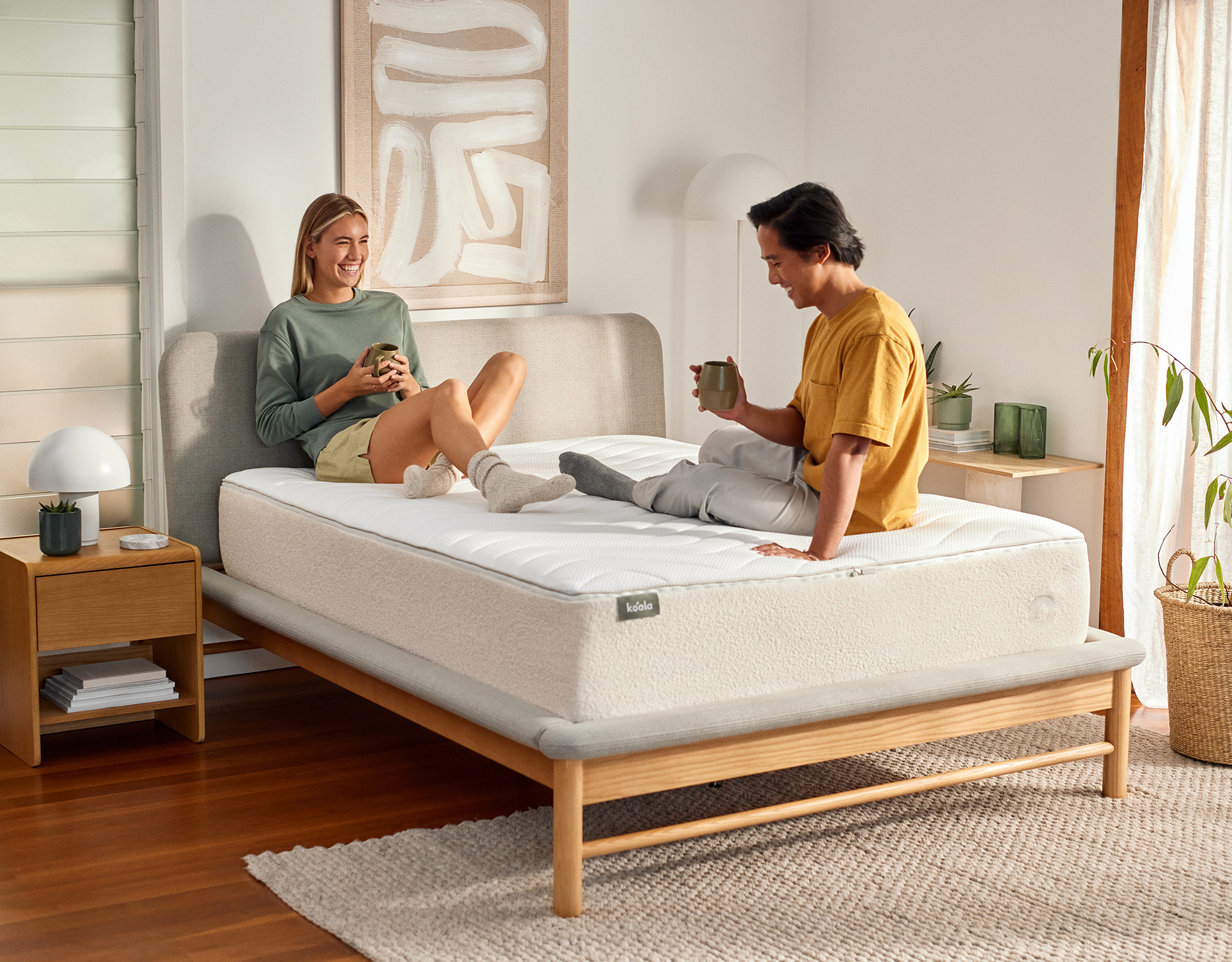






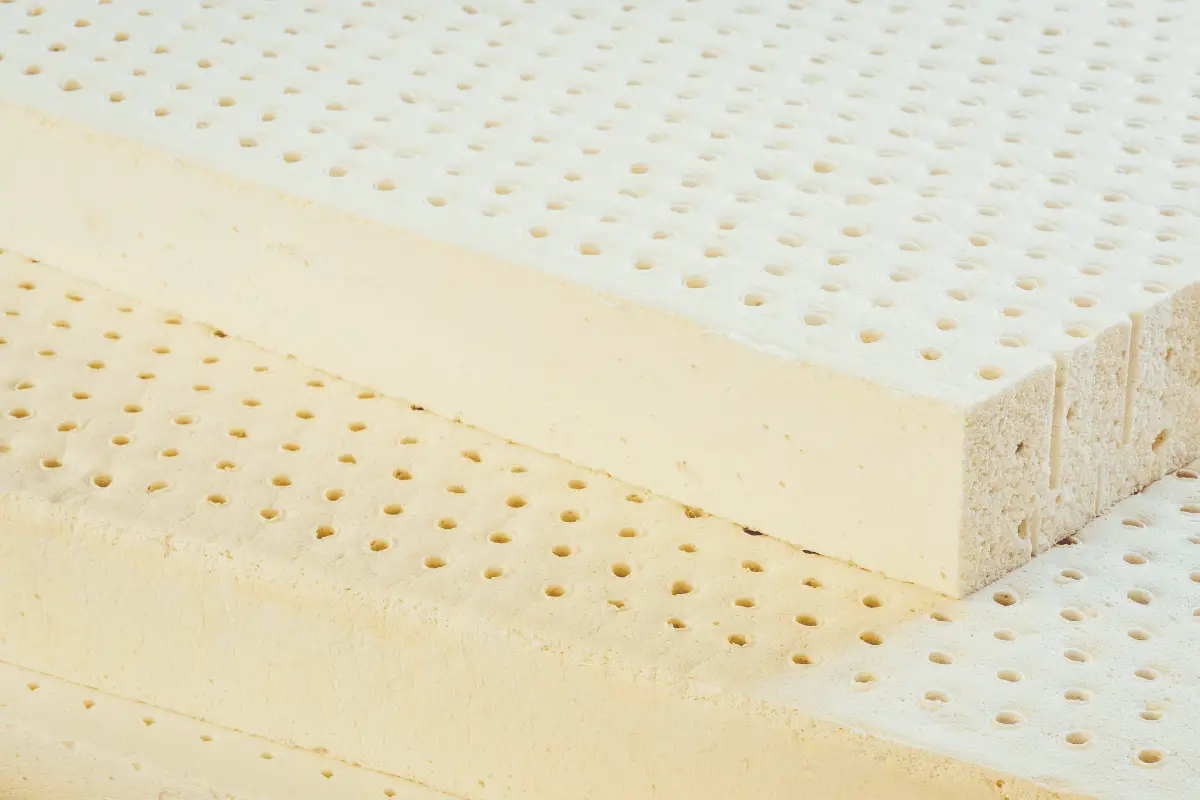


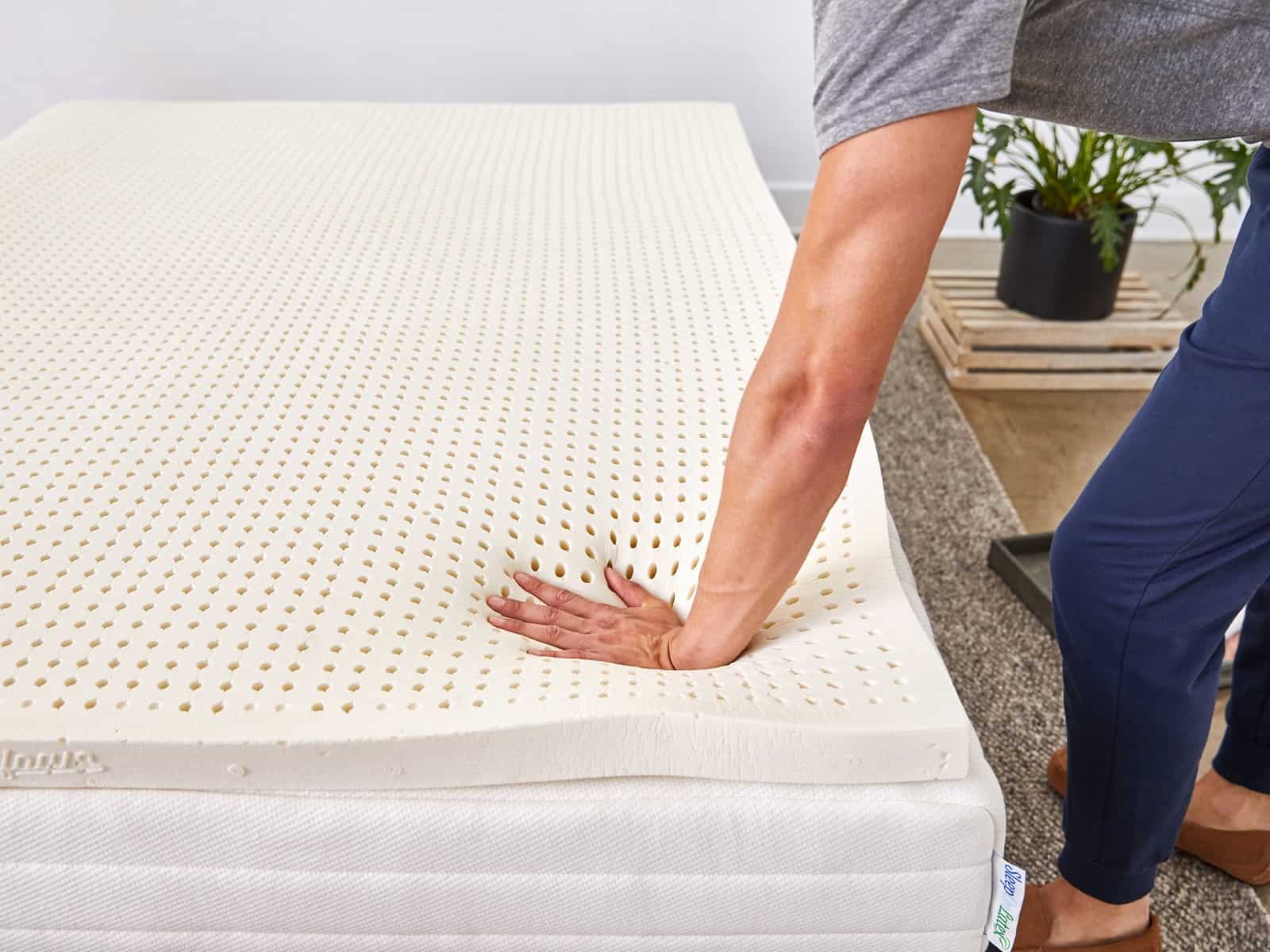
:max_bytes(150000):strip_icc()/SleeponLatex-b287d38f89374e4685ab0522b2fe1929.jpeg)



